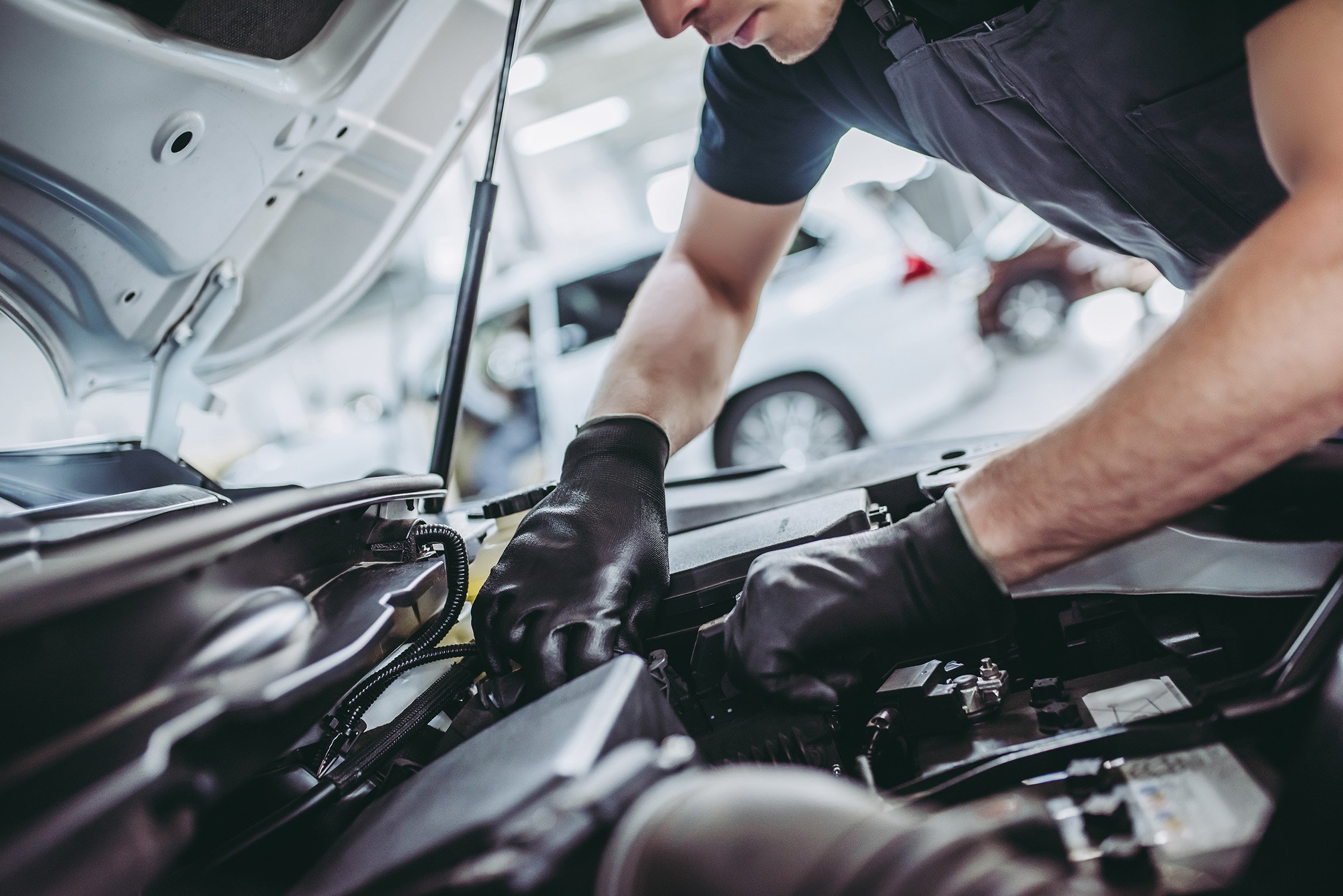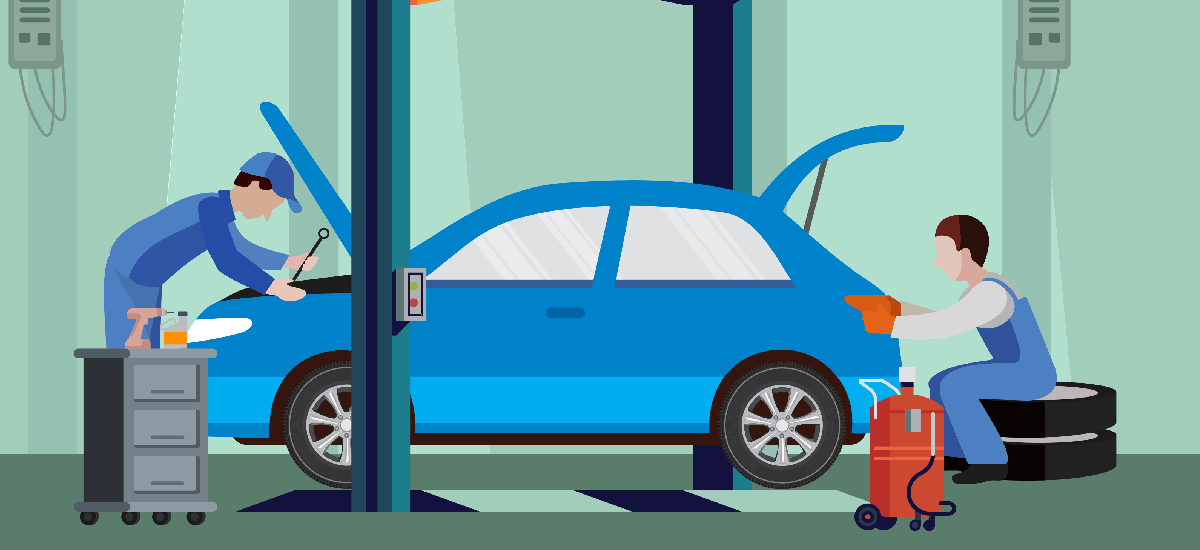All Categories
Featured
As cars come to be significantly complicated, electric systems play a vital duty in virtually every aspect of their operation. In this message, we'll explore just how auto repair service shops diagnose electric issues in contemporary vehicles.
These codes are handy in determining details issues with electrical parts such as sensing units, alternators, or other parts that communicate with the lorry's computer system. If the engine control module detects a breakdown in the battery billing system, it will certainly create a code that routes the service technician to that details location. While the codes give valuable details, they commonly require to be complied with up with further analysis treatments to situate the exact source of the problem.
Fuses are likewise checked, as they shield circuits from straining. If a fuse is blown, it indicates an electrical fault in that circuit. Specialists change any type of blown fuses and further explore to locate the origin of the overload, which could be brought on by a brief circuit or damaged element.
![]()
If the generator isn't functioning appropriately, it could create concerns ranging from dim lights to an entirely dead lorry. The specialist might also check the generator belt to ensure it is effectively tensioned and in good problem. If the generator or battery is found to be malfunctioning, changing the faulty part will certainly restore the vehicle's electrical performance.
For instance, if a cars and truck's headlights aren't operating, a specialist will certainly evaluate the circuit that powers the fronts lights to identify if there is voltage loss, short circuits, or a problem with the light bulbs or merges. The circuit testing approach allows professionals to find mistakes more efficiently, which can result in quicker repair work.
Professionals usually utilize specialized diagnostic tools to connect with the car's control modules and check for software application problems or problems within the system. Some problems, such as malfunctioning infotainment systems or flexible cruise control features, may need software application updates, resets, or reprogramming. This specialized diagnostic capacity allows professionals to resolve much more complex issues that go beyond easy equipment issues.
![]()
Technicians who focus on EV and hybrid automobiles utilize high-voltage testers to examine the health and wellness of the battery, electric motor, and power electronic devices. They also guarantee that parts like regenerative stopping systems and electric drive motors are operating properly. High-voltage systems call for caution, and specialists should follow strict safety and security methods when collaborating with these systems to avoid injury or damage to the vehicle.
Final thought. Modern automobiles depend on elaborate electric systems, making diagnosis a facility and multi-step procedure. By precisely identifying electric issues, these service technicians make sure that your automobile remains reliable, efficient, and safe on the roadway.
- Using OBD-II Scanners for Difficulty Codes. The primary step in diagnosing electric troubles is often plugging right into the lorry's OBD-II (On-Board Diagnostics) port. Virtually every modern-day lorry is equipped with an OBD-II system that communicates with the car's numerous control components. Utilizing an OBD-II scanner, service technicians can draw diagnostic problem codes (DTCs) created by the vehicle's computer system.
These codes are handy in determining details issues with electrical parts such as sensing units, alternators, or other parts that communicate with the lorry's computer system. If the engine control module detects a breakdown in the battery billing system, it will certainly create a code that routes the service technician to that details location. While the codes give valuable details, they commonly require to be complied with up with further analysis treatments to situate the exact source of the problem.
- Aesthetic Examination of Electric Elements. As soon as the trouble codes have actually been assessed, a technician will do a thorough visual assessment of the automobile's electric parts. This action entails inspecting the battery, wiring, integrates, and electrical adapters. Typical concerns such as rusty battery terminals, broken or torn cables, or loosened connections can often trigger electrical malfunctions.
Fuses are likewise checked, as they shield circuits from straining. If a fuse is blown, it indicates an electrical fault in that circuit. Specialists change any type of blown fuses and further explore to locate the origin of the overload, which could be brought on by a brief circuit or damaged element.
- Battery and Billing System Screening. Considering that the battery and billing system offer the electrical power needed for a car to operate, diagnosing their health and wellness is critical. A multimeter is used to determine the battery's voltage when the cars and truck is off, along with while the engine is running. This enables the professional to check whether the alternator is effectively billing the battery.

If the generator isn't functioning appropriately, it could create concerns ranging from dim lights to an entirely dead lorry. The specialist might also check the generator belt to ensure it is effectively tensioned and in good problem. If the generator or battery is found to be malfunctioning, changing the faulty part will certainly restore the vehicle's electrical performance.
- Circuit and Voltage Testing. Electric problems often originate from faulty circuits or disruptions in the power flow. Service technicians make use of specialized tools like test voltmeters, multimeters, or lights to test the circulation of electrical energy with different circuits. By checking the voltage in specific components or electrical wiring, professionals can determine whether a circuit is malfunctioning.
For instance, if a cars and truck's headlights aren't operating, a specialist will certainly evaluate the circuit that powers the fronts lights to identify if there is voltage loss, short circuits, or a problem with the light bulbs or merges. The circuit testing approach allows professionals to find mistakes more efficiently, which can result in quicker repair work.
- Software Application and Control Component Diagnostics. Modern cars depend heavily on software application to manage lots of facets of the electric system. From the engine monitoring system to safety and security features like air bags, much of an automobile's performance relies on its software. If there's a software program malfunction, it might lead to inadequate efficiency or damaged functionality.
Professionals usually utilize specialized diagnostic tools to connect with the car's control modules and check for software application problems or problems within the system. Some problems, such as malfunctioning infotainment systems or flexible cruise control features, may need software application updates, resets, or reprogramming. This specialized diagnostic capacity allows professionals to resolve much more complex issues that go beyond easy equipment issues.
- Advanced Screening for Electric and Crossbreed Vehicles. For electrical vehicles (EVs) or crossbreeds, diagnosing electrical issues comes to be much more complex due to high-voltage parts. These lorries utilize huge battery packs, inverters, and electric motors, all of which require special tools and knowledge to identify.

Technicians who focus on EV and hybrid automobiles utilize high-voltage testers to examine the health and wellness of the battery, electric motor, and power electronic devices. They also guarantee that parts like regenerative stopping systems and electric drive motors are operating properly. High-voltage systems call for caution, and specialists should follow strict safety and security methods when collaborating with these systems to avoid injury or damage to the vehicle.
- Final Diagnosis and Fixing. When the underlying electric issues have been recognized, the service technician will certainly advise the essential repair work or replacements. Depending upon the issue, this could involve replacing a faulty alternator, repairing damaged circuitry, updating vehicle software application, or replacing an entire control module. After fixings are made, the service technician will commonly do a final analysis scan to ensure that the problem has actually been dealt with and no additional mistakes exist.
Final thought. Modern automobiles depend on elaborate electric systems, making diagnosis a facility and multi-step procedure. By precisely identifying electric issues, these service technicians make sure that your automobile remains reliable, efficient, and safe on the roadway.
Latest Posts
Explore Cost-Effective Auto Repairs with Montclare’s Limited-Time Service Specials
Published en
1 min read
Join WyHy FCU – Essential Perks for Your Financial Future
Published en
1 min read
Explore the Storied Past of Deauville Inn: From Speakeasy to Jersey Shore Icon
Published en
2 min read
More
Latest Posts
Explore Cost-Effective Auto Repairs with Montclare’s Limited-Time Service Specials
Published May 21, 25
1 min read
Join WyHy FCU – Essential Perks for Your Financial Future
Published May 21, 25
1 min read
Explore the Storied Past of Deauville Inn: From Speakeasy to Jersey Shore Icon
Published May 19, 25
2 min read